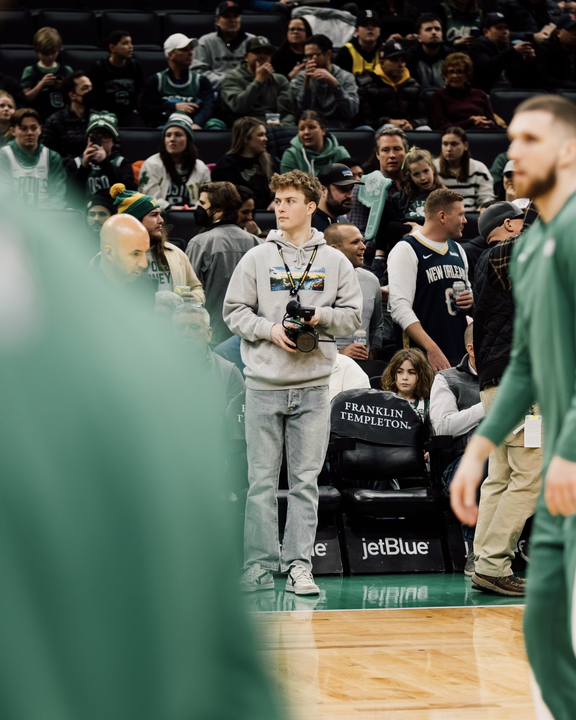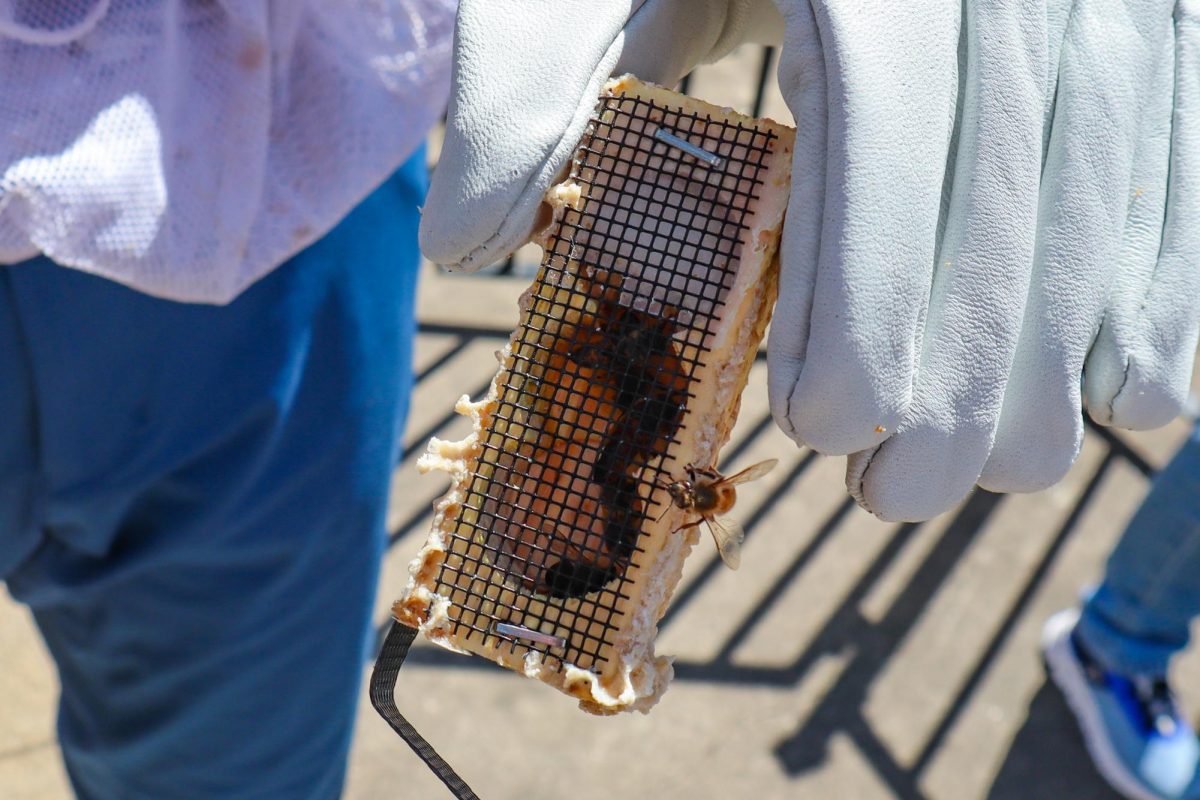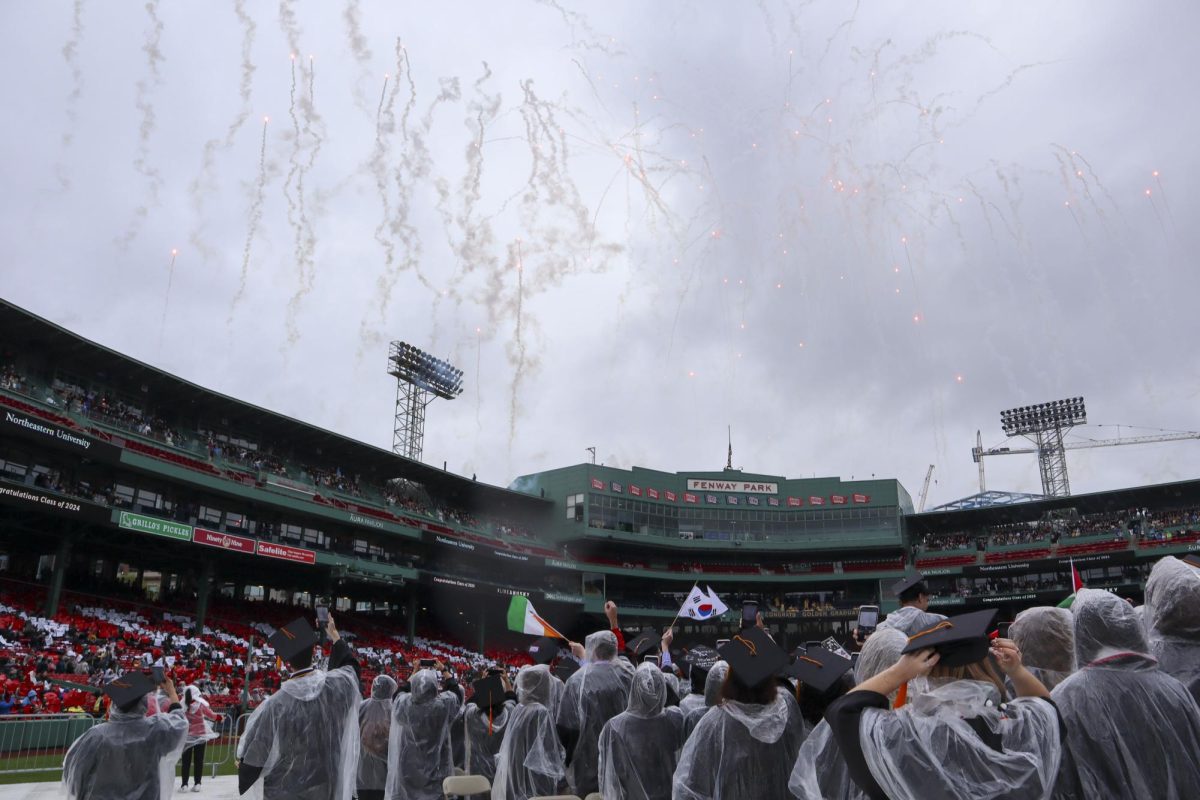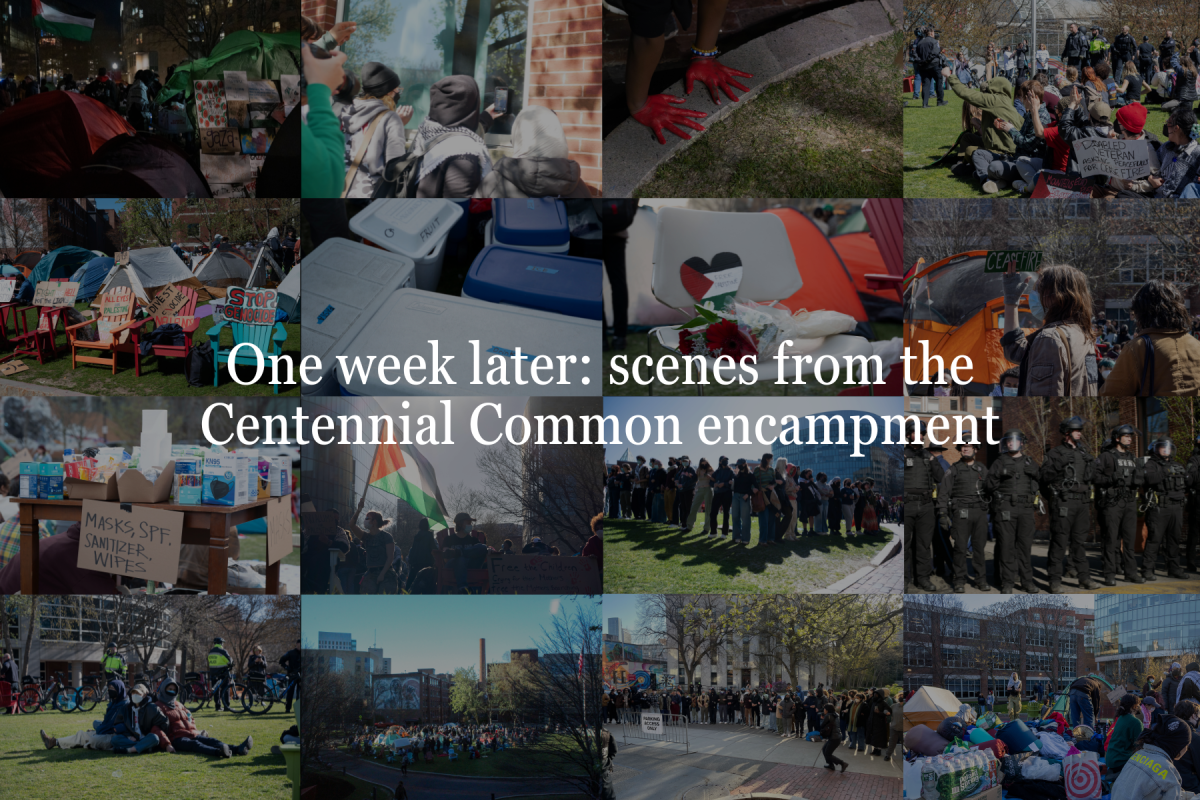A little more than five years ago in Jasper, Texas, a fence separated the local cemetery into two sections. On one side of the fence, black residents of the small southern town were buried. On the other side, each headstone marked the grave of a white man or woman.
The fence is no longer there to separate the white from the black, yet other barriers remain. In 1998, James Byrd Jr. was chained to the back of a pickup truck and dragged by his wrists for more than three miles through East Texas, just outside Jasper. Three white men were arrested and convicted of Byrd’s murder; two were sentenced to be executed and the third received life in prison without the possibility of parole.
Their trials and the shock waves they sent through the quiet town were chronicled in the documentary film “The Two Towns of Jasper.” The film was shown for more than 150 students, faculty, and Boston area residents last Wednesday in the Raytheon Amphitheater. A roundtable discussion moderated by Northeastern Associate Professor of African American Studies Robin Chandler followed the screening of the film.
“I was hoping it was just another hit and run,” said Sheriff Billy Rowles in the opening scene of the film. “But it didn’t turn out that way.”
Rowles’ voice quivered as he recalled the night he drove down that long stretch of road looking for the victim of what he feared, and later was confirmed, was a hate crime. As he describes the gruesome task of driving down that winding road and finding Byrd’s body, he looks down and away, but never at the camera.
As the audience watched the first few minutes of the film, tears already streamed down some faces. Others had a look of disgust wash over them.
This film is unique in its making. Film makers Whitney Dow and Marco Williams used two separate crews to document the Jasper community during the trials. One crew was entirely black and documented the town’s black community, while the other crew was white and documented the white community.
Throughout the 90-minute film frightening words and images triggered some very emotional responses from members of the audience. By the end of the film many in attendance were eager to voice their feelings, concerns, and fears.
Samuel Williams of Youth Opportunity Boston and co-chair of the Institute on Race and Justice Advisory Board at Northeastern fielded many questions and also tried to explain why he feels there is still so much race-related pain in today’s society. As many in the film and the audience clamored for justice, Williams posed a question.
“Would justice being served eliminate the pain?” he asked. ” Hate crimes expose a history of pain that exists in our society, in our communities, in our homes and in our hearts. Until we treat the pain, it will continue to hurt.”
One student asked why minority groups fight individual fights rather than uniting as one and making their voices heard. To this, Jack Levin, director of the Brudnick Center of Violence and Conflict and professor of sociology and anthropology at NU, responded on a positive note. He told the crowd that coming together for an event such as the screening of “The Two Towns of Jaspers” is a sign of hope.
“The most optimistic thing about this film is you [the audience],” Levin said.












